10 Foods You're Eating That Are Probably Fake
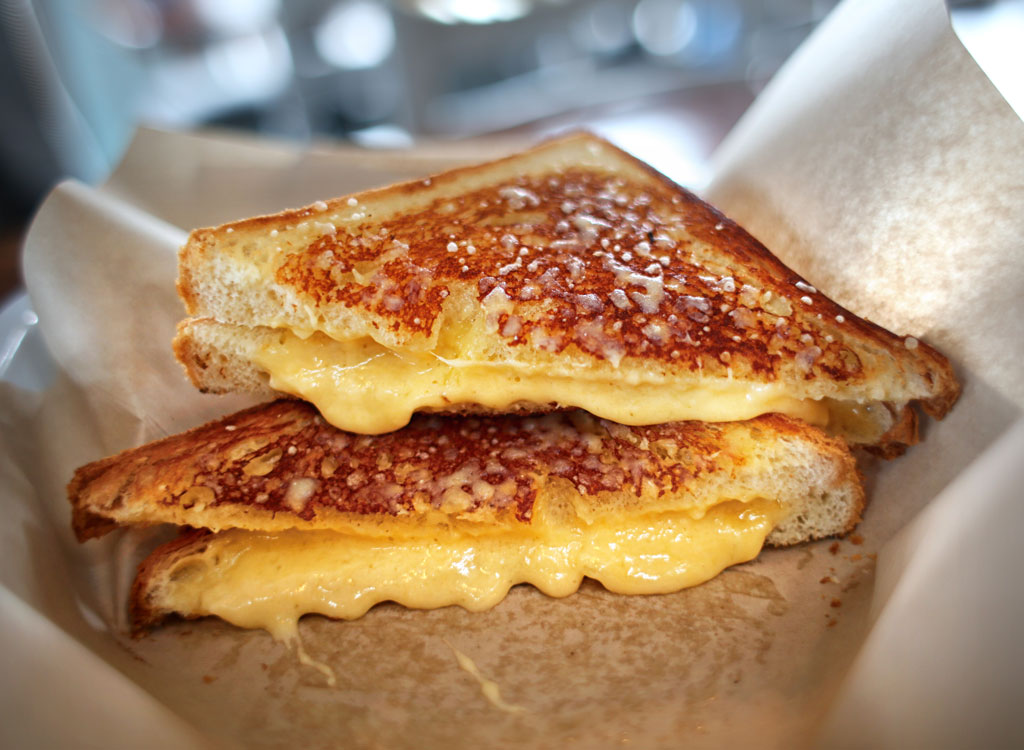
Grocery shopping shouldn't be difficult and yet we are met with so many options slapped with a variety of labels that it can be difficult to figure out what's worth buying. Packaging is designed to peak our interest and labels relay messages of "low-fat," "low-sugar," "low-carb," and so forth. But there are some misleading foods pretending to be something they're not.
Sometimes these misnomers aren't a big deal. Think imitation vanilla for real vanilla extract. Imitation vanilla is much cheaper and you probably can't taste the difference in your baked goods. But other times, it can feel downright deceiving (like paying big bucks for filet mignon in a restaurant to only find out that it might actually be made with lesser cuts of meat). Here, we rounded up 10 foods you're eating that are probably fake. And for more grocery guides and helpful eating advice, subscribe to the Eat This, Not That! magazine today and get 50 percent off the cover price!
Frozen Dairy Desserts
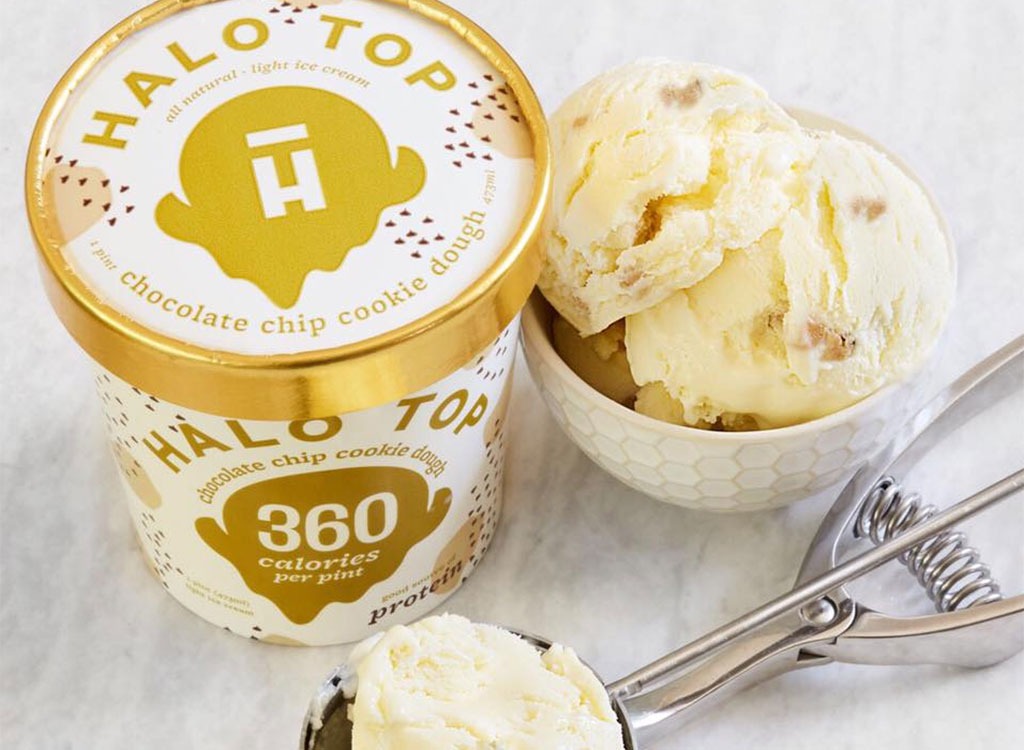
The frozen dessert aisle is full of confusing claims, but it's important to note that many of the products masquerading as ice cream are not, at least according to USDA standards. (We're looking at you, Halo Top!) Look closely and you may see the label "frozen dairy dessert" instead of ice cream (Breyer's Natural line is ice cream while their Blast! line is frozen dairy dessert, for example). In order to be labeled ice cream, the product must have no less than 10 percent dairy milkfat and can only have a small amount of air whipped into it to ensure you are not buying a carton of whipped air.
Cheese Product
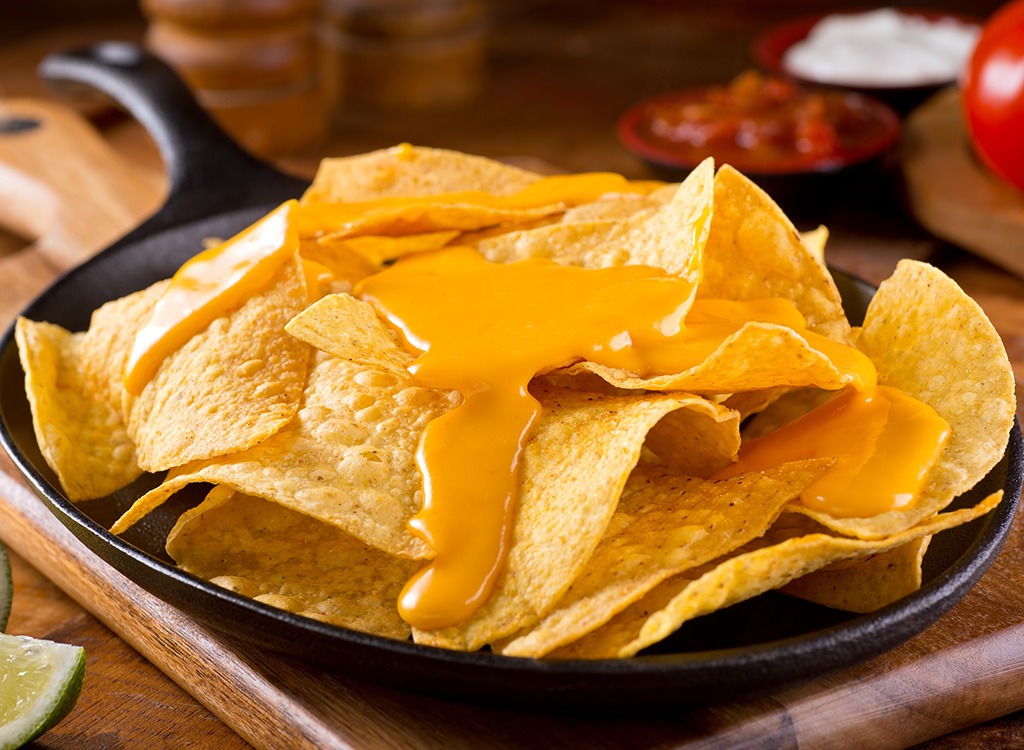
It will come as no surprise that Kraft singles, Cheez Whiz, and Velveeta evolved from cheese but are more a product of science than nature. According to the Food and Drug Administration (FDA), these products are known as pasteurized processed cheese spread or product. For better or worse, these neon-orange foods are made with scraps of old cheese that are ground up and then mixed with an emulsifier to help it melt. Our grilled cheese sandwiches and Philly cheesesteaks just wouldn't be the same without them.
Whipped Topping

Cool Whip is another slice of Americana. It's a convenient and low-cal alternative to whipped cream—but whipped cream it is not. Invented in the 1960s to hold its shape without melting, Cool Whip and others like it are called "whipped topping." Rather than having cream as a primary ingredient, these products list water, partially hydrogenated vegetable oil, and high fructose corn syrup first with skim milk to follow. At least they don't claim to be all-natural!
Crème Filling
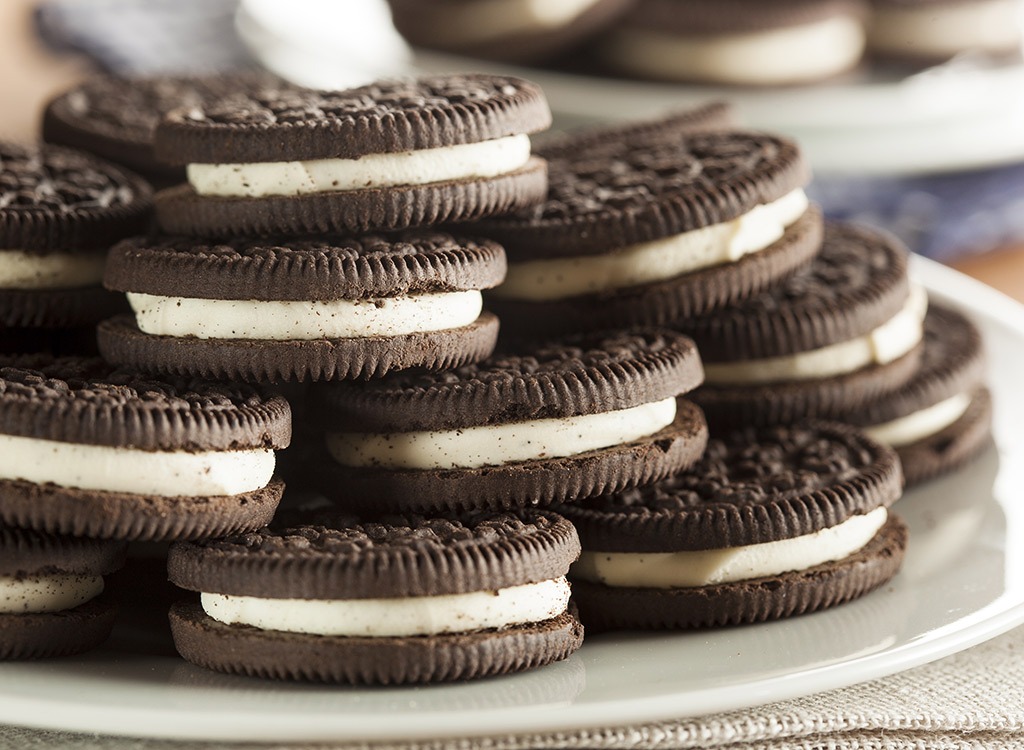
OREO cookies have been one of the best-selling cookies in the U.S. since they were invented in 1912, but the recipe has undergone some changes. Depending on your age, you may have noticed that since the 1990s they've been called OREO Crèmes—note the absence of the word cream. That's because Nabisco switched from a lard-based filling to a dairy-free one made with partially hydrogenated vegetable oil. While some people thought a dairy-free filling means the cookies are vegan, Nabisco confirmed that because the cookies have cross contact with milk, they aren't suitable for vegans.
Milk Alternatives
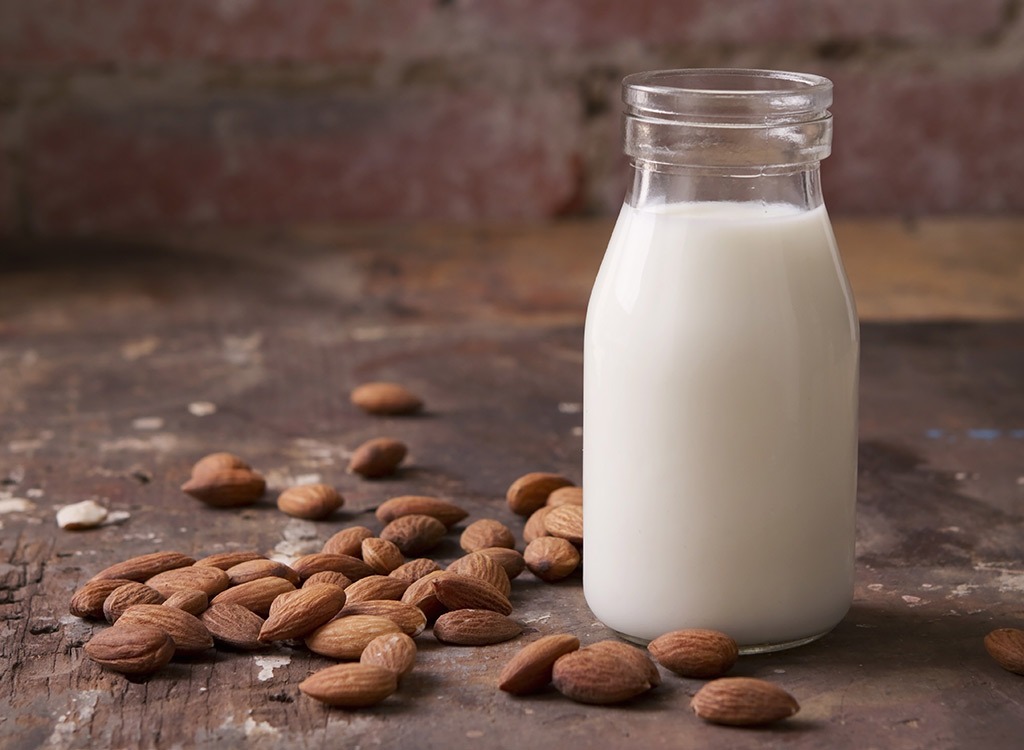
There are so many "milk" products in the dairy aisle including Lactaid, soy, almond, and—the latest—oat milk. But the head of the FDA recently announced that they'd be taking a closer look at the regulations for labeling nondairy products as milk. The dairy lobby is pleased with this news as they've been grumbling for stricter regulations for some time.
100 Percent Real Grated Parmesan Cheese
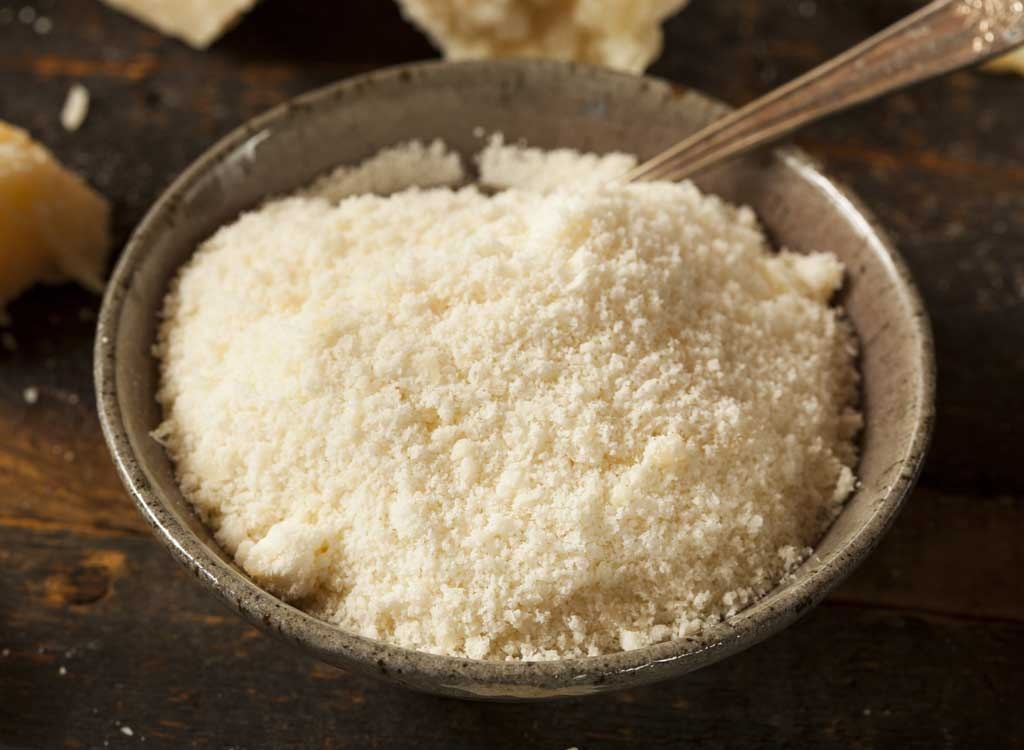
By now, you've probably gotten wind that the 100 percent "real" grated Parmesan cheese you've been buying is probably far from that. Although the FDA says manufacturers can add as much cellulose (i.e. wood pulp) into their grated cheese as they need to prevent it from clumping, recent findings suggest that they are adding more cellulose than is necessary just to pad out the product. Not only that, but lots of grated "Parmesan" is from scraps of different sorts of cheeses. Experts say that it's not a food safety issue, but is a deceptive practice.
Imitation Crab
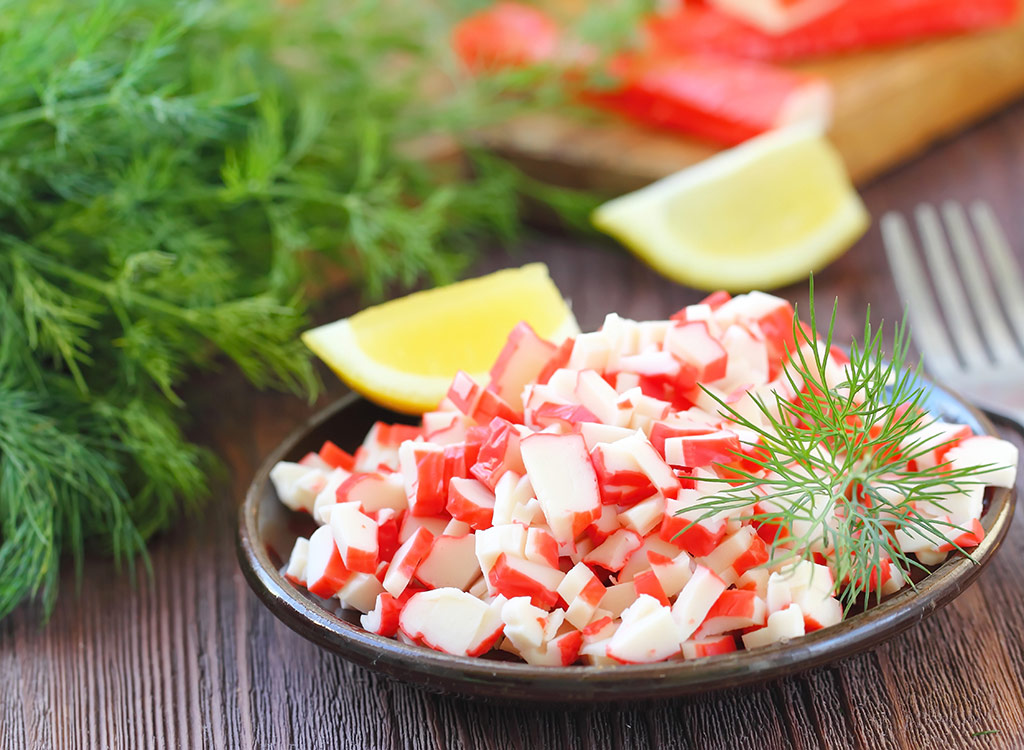
Also known as imitation crab or crab stick, Krab is best known for being one of the primary ingredients in a California sushi roll. But there's nothing crabby about it (and in fact, it can't be labeled as crab stick in some places for that reason). Krab is actually a mixture of finely ground whitefish and other fillers like wheat, egg white, and transglutaminase (i.e. meat glue). A little artificial crab flavoring and red food dye give it a mildly believable crab look and taste.
Filet Mignon
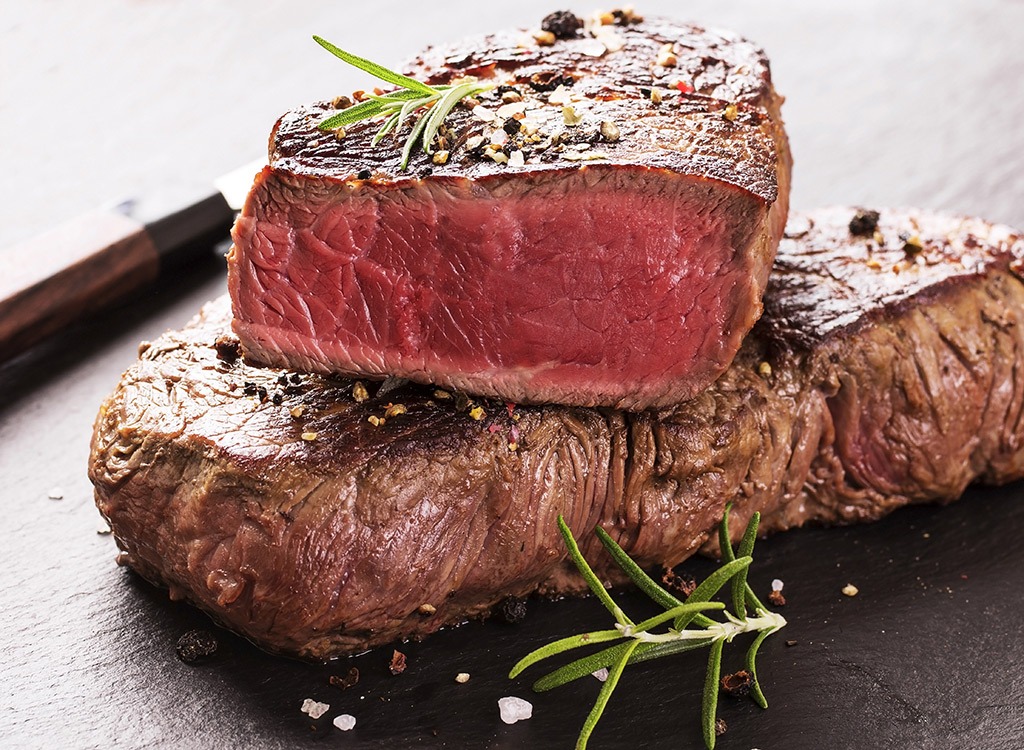
Speaking of meat glue… Next time you shell out the big bucks for filet mignon in a restaurant keep in mind that you may actually be eating a bunch of lesser cuts that are bound together. Some places will use transglutaminase to combine the scraps of meat. While the USDA has ruled that these sorts of cuts have to be labeled in grocery stores that they have "been formed from pieces of whole muscle meat, or that it has been reformed from a single cut," no such rules exist for restaurant menus.
Imitation Vanilla
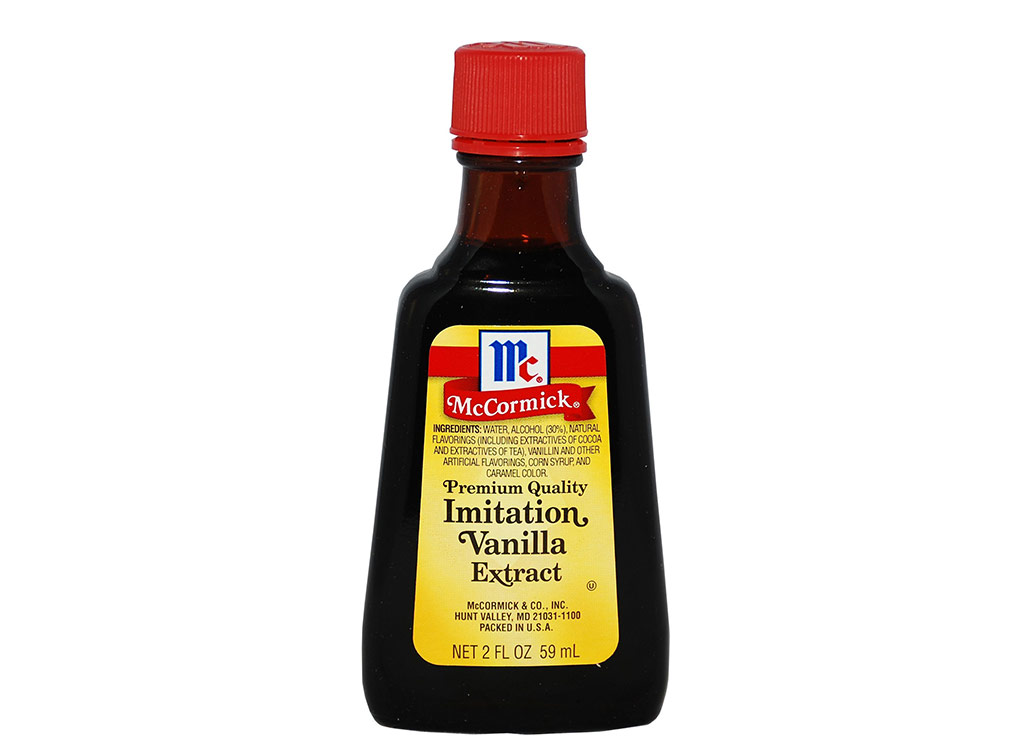
While real vanilla extract is made by soaking expensive vanilla pods in alcohol, many products you'll find in the grocery store are actually imitation vanilla. Imitation vanilla is made with vanillin (the flavor compound that makes vanilla taste like vanilla), which is synthesized in a lab. It's a whole lot less expensive—and less nuanced—than real vanilla extract. But most culinary experts at this point agree that for baking the difference is hardly discernable; applications that aren't hit with high heat, like ice cream, are a better use for the pricey stuff.
Maple Flavored Syrup
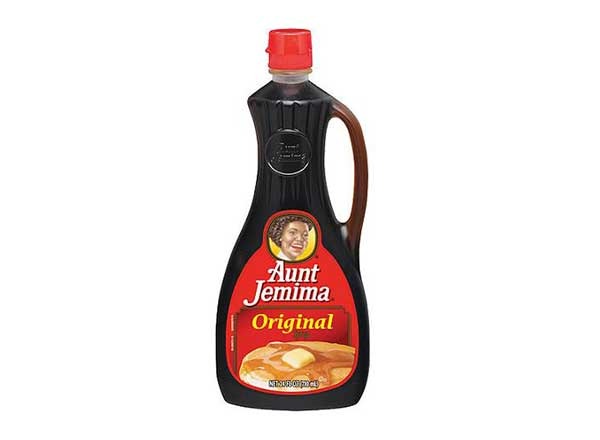
Next time you reach for maple syrup, take a closer look at the packaging. There's a reason that most nationally recognized brands of pancake syrup—think Aunt Jemima, Mrs. Butterworth's, and Log Cabin—don't mention maple on their label and instead say "original syrup." It's because the apple has fallen very far from the tree and there's nothing maple about these syrups, which are basically artificially flavored high fructose corn syrup.








